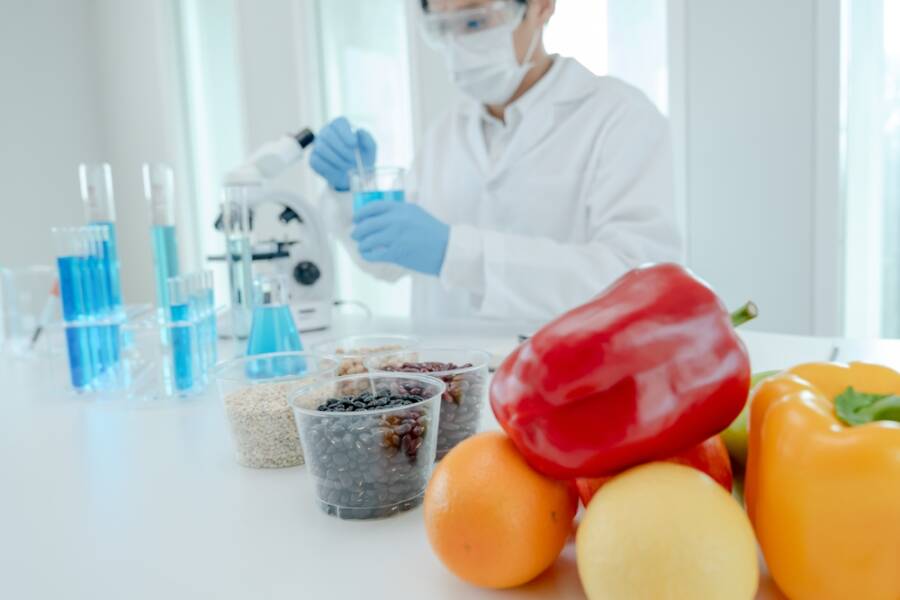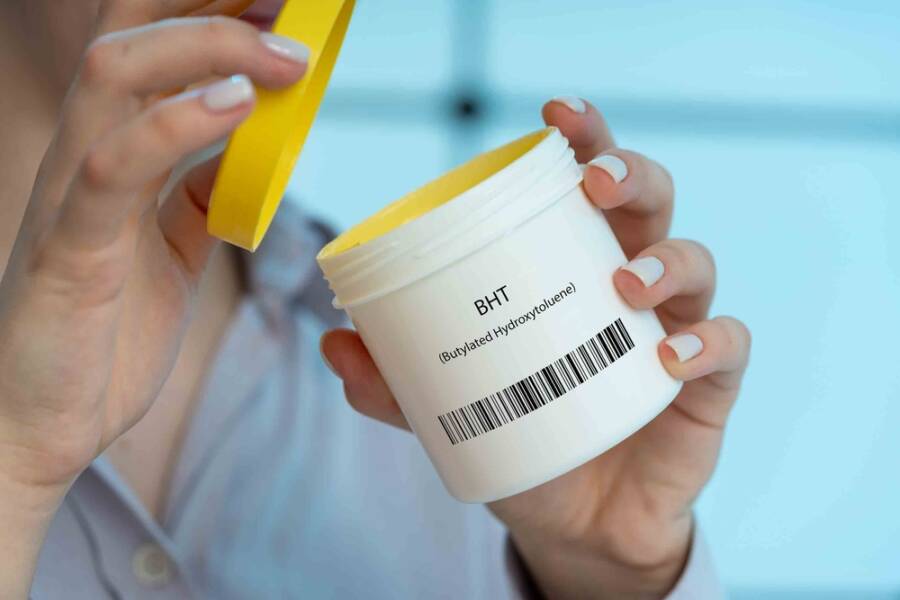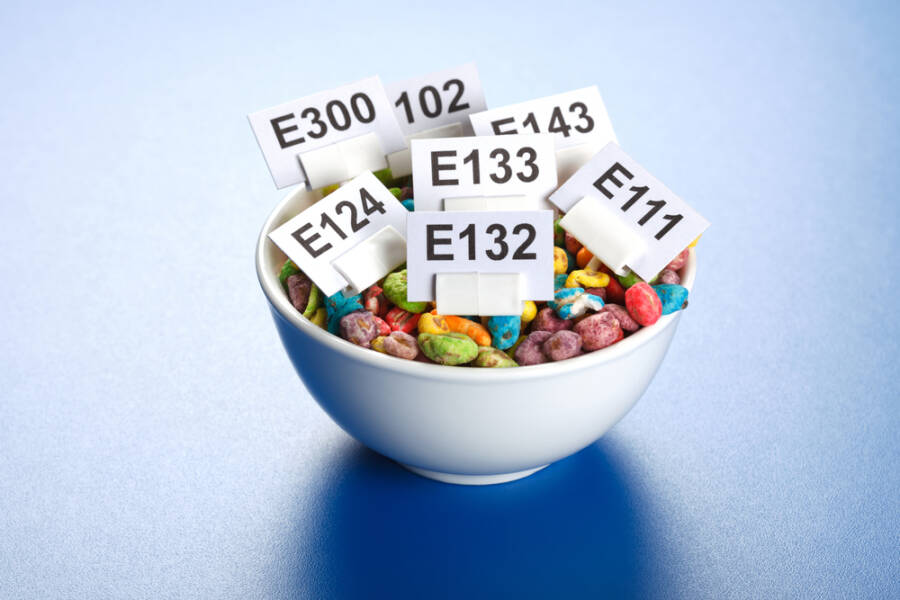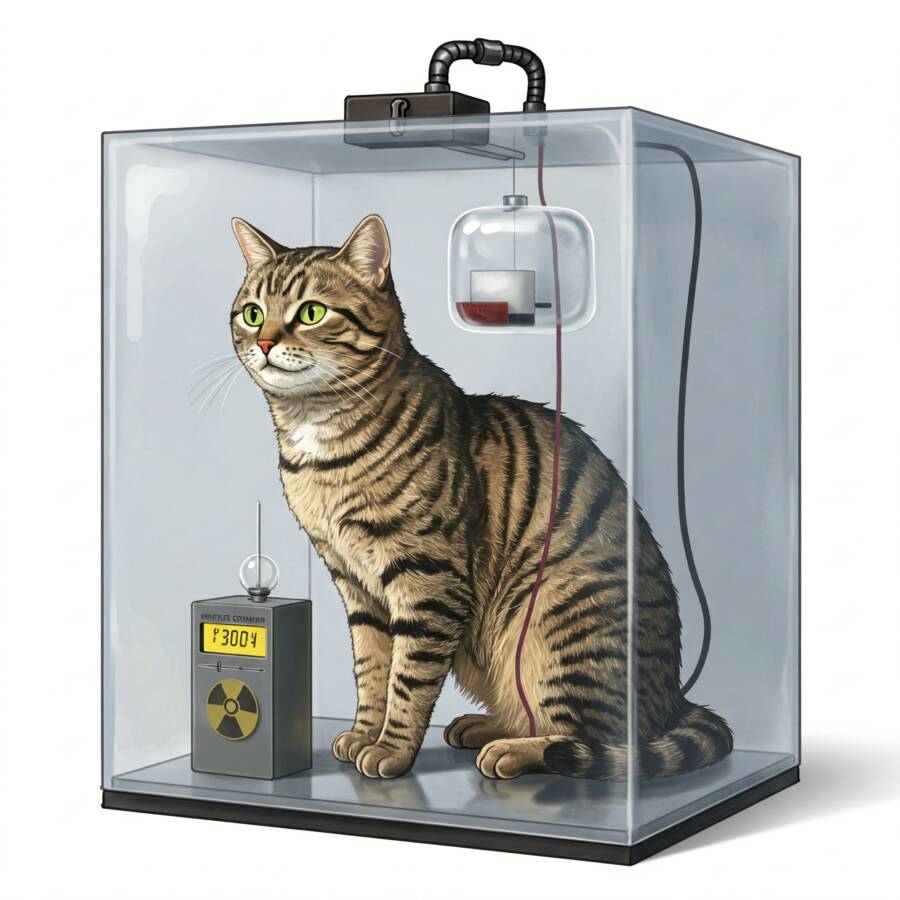What Are The 12 Food Chemicals You Should Strictly AVOID? Read the article to find out.
Did you know that around 10,000 chemicals are allowed in food sold in the United States? And, unfortunately, some of them were found to be toxic.
In 2000, food chemicals were greenlighted for use by food and chemical companies and not reviewed by the Food and Drug Administration. A lot of these frequently used chemicals are developing serious health issues such as increased risk of cancer, developmental harm, and hormone disruption.
Read on to find out which are the most toxic food chemicals you and I are STILL eating!

How do these substances end up in what we eat?
There is a loophole that determines if the foods are healthy or not, and it has been exploited for decades. So, it’s really hard, almost impossible, to make healthy choices, at the moment, as a consumer.
These additives, preservatives, flavor enhancers, and colorants are used to extend a product’s life and also, improve its aspect. However, in the past few years, there have been more and more concerns about how food chemicals impact our health, and consumers have had to reconsider their dietary choices.
Food chemicals are omnipresent in the American diet
Unfortunately, you’ll hardly find something 100% healthy if you want to. Food chemicals are found in a lot of processed foods, including snacks and beverages. Even though most Americans tend to ignore this phenomenon, the long-term effects of these chemicals are not a joke and should be seriously taken into consideration and avoided.
What are the worst chemicals found on the market? Discover which ones you should strictly AVOID
1. BHA
Butylated hydroxytoluene, known as BHA, is often used in cured meat. Multiple researchers claim that this preservative is a dangerous human carcinogen.

2. Potassium bromate
Potassium bromate is usually added to flour and other packaged bakery products, and like BHA, is considered a human carcinogen.
3. BHT
Butylated hydroxytoluene, known as BHT, is similar to BHA and is considered very dangerous since it can cause cancer. Most of the time, this preservative is found in cereals.
4. Propylparaben
Propylparaben is used in pastries and tortillas. This preservative causes serious reproductive harm. So, why is it still used and not banned by the FDA? I guess, we’ll never know.
5. TBHQ
Tert-butylhydroquinone, or TBHQ, is used in Pop-Tarts and a lot of processed foods. If constantly consumed, it can harm your immune system. Also, it can have a huge impact on the way your body responds to vaccines, making them ineffective.
6. Titanium dioxide
Do you like candy? Well, next time you purchase some, remember that titanium dioxide may cause changes and damage to DNA. It’s a color additive that makes candies look good and tasty but is also very bad for your health.
7. Artificial colors
Artificial colors are very dangerous and can seriously impact the way a child develops. However, they are still used in most foods and beverages. All artificial colors are very dangerous, but there are 7 that can seriously affect our overall health. These are: Red 3, Red 40, Yellow 5, Yellow 6, Blue 1, Blue 2, and Green 6.

8. ADA
Azodicarbonamide, known as ADA, is used as a strengthened dough conditioner and a bleaching agent in breads. This preservative can seriously affect most parts of our bodies, but it’s still used. Can you believe that? ADA can cause liver and kidney injury, and affect the blood, nervous system, and respiratory systems.
You better learn how to make your bread at home ASAP.
9. Sodium benzoate
Sodium benzoate is used in carbonated drinks, fruit juice, and salad dressings. If combined with ascorbic acid and vitamin C, a strong reaction takes place, forming a chemical reaction associated with blood cancer.
10. Propyl gallate
Did you know that chewing gum and meat products have something in common? That is propyl gallate, a preservative that can cause hormone disruption and asthma.
11. BVO
Brominated vegetable oil is often used in sodas and fruity drinks. Its role is to stabilize citrus flavors, but it can also cause neurological harm in humans.
12. Artificial sweeteners
Artificial sweeteners can make you lose control of your weight. If consumed daily, they are very dangerous and can have a negative effect on our overall health and mood.
What is the FDA doing?
So, considering all the bad effects of these chemical foods on our bodies, it’s completely normal to ask ourselves: What the hell is the FDA doing? Why aren’t these preservatives already banned? Why would we want to consume anything that can negatively impact our bodies? Is it all about money? Is money made each time we go to the supermarket and buy all that tasty but unhealthy junk food? Why does nobody try harder to stop consumers from deteriorating their lives?
Why the FDA don’t ban food chemicals?
- approvals based on scientific standards
Most of the food chemicals we talked about were used for decades, and it’s considered hard to make huge changes all at once. Even though multiple studies indicate potential dangers, the FDA might not re-evaluate these substances unless new evidence appears, suggesting significant risks. Isn’t cancer scary enough? It seems not.
- economic impact
If the FDA bans certain food chemicals, there will be significant economic repercussions. Removing chemicals may lead to increased production costs and shorter shelf life. The price will also suffer significant changes. Food manufacturers are happy to use preservatives to extend their products’ shelf life and enhance flavor.
- production and distribution
Some substances help maintain food quality for a long period of time, which is very effective for producers considering the storage. If they give up on food chemicals, they will be forced to find new and affordable solutions, which can be challenging and time-consuming.
So, the food industry considers all the economic factors. These unhealthy additives are great for mass production and distribution, essential to keeping food affordable and accessible. That is why the FDA wouldn’t do anything until a ”serious” reason arises.
We recommend an affordable book that can be found on Amazon. It contains all the information you need to know about additives and their impact on our lives. It was written by Ruth Winter, and it’s called “A Consumer’s Dictionary of Food Additives, 7th Edition: Description of More Than 12,000 Ingredients Both Harmful and Desirable Found in Foods.”
Alphabetically organized, cross-referenced, and written in everyday language, the book is a perfect tool for understanding food labels and knowing which products deserve to be purchased and brought home to your loved ones. Even though the book is not new, it has had great success and has been considered a best seller multiple times on Amazon.
Which are the unhealthy products you cannot live without? Are there any? Let us know in the comment section. Also, tell us about what you think of the FDA. Is waiting for some serious health issues that could not be treated the right way?
We hope that with the help of this article, you have acknowledged how dangerous some products can be. Even if it will be really challenging, we recommend you avoid most of these additives if you want to protect your life.
Before leaving, make sure to check out another related article. It can also be found on Science in The World: Why Do We Love Junk Food SO Much? Scientists found the answer.














